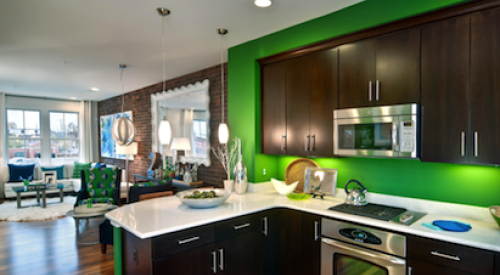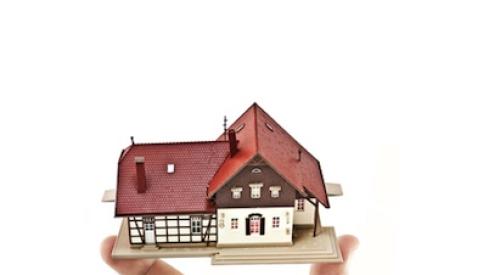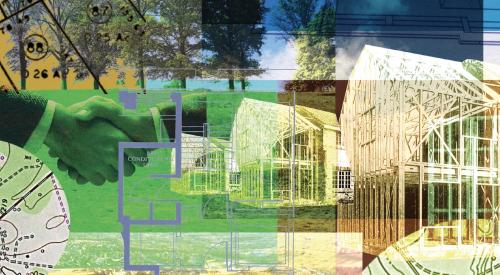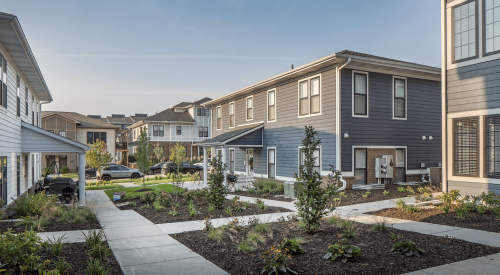|
Heather McCune, Editor in Chief
|
Americans love more. We supersize our fast-food orders. We buy jumbo rolls of paper towels and toilet paper in bulk. No matter what income or level of affluence, we shop at warehouse superstores for the deals. Pick your preferred buzzword - value, deal, jumbo, supersize, etc., whichever resonates with the value shopper in you - but no matter what the choice, Americans equate value with bigger.
This retail phenomenon hits every other industry as well. Computers change daily as users demand faster speeds and more memory in increasingly smaller packages. Big sport utility vehicles trump smaller cars in sales and consumer appeal.
The bigger is better mentality hits housing, too, but our industry differs from others in a profound way - homes keep growing as families shrink and buyer demographics change.
The size of the average American home grew from 983 square feet in 1950 to 2,230 square feet today. According to data from the National Association of Home Builders, new homes increased 7 percent in size in the last decade. NAHB's data also shows:
- 37 percent of new homes have four bedrooms, compared with only 1 percent in 1950.
- 5 percent of today's new homes have less than 1,200 square feet. In 1950, 62 percent of all home built came in below that measure.
What accounts for the ever-expanding new home in America? Growing families? Hardly. Houses get bigger as families shrink. Real estate numbers guru John Burns pours over U.S. Census data to understand what the numbers mean to new home builders. His key findings include:
- Since the 1960s, average households have steadily decreased in size.
- In the last decade, households have declined from 2.63 to 2.59 people.
- By 2025, married couples with children will account for only 20 percent of all U.S. households. Currently, single or unmarried people make up half of all households.
Combine these two data sets and what do you get? A seriously out-of-whack picture of housing supply and family demand on a singular level. The connection between the actual physical space that today's families need - not want - and what builders deliver doesn't mesh.
So what do we do? Put American housing on a diet. It's a good place to start. However, diet in our culture connotes deprivation - no chocolate, no carbohydrates, no wine, in other words, too little of everything we love - but that doesn't have to be the case with housing. The design talent at work in the residential construction industry today delivers homes at every square footage and every price point that delight buyers.
What is lacking is a commitment to rocking the boat and to risk upsetting the apple cart - to change an industry that the numbers clearly show delivers what buyers want. Why bother, you ask? The reasons are many, but the top three must be:
- Land: As the price per acre in hot housing markets continues to skyrocket, builders must find new ways to fit more homes per acre to make the math work.
- Livability: Housing doesn't just shelter inhabitants, it nourishes them as well. Good design promotes family interaction, facilitates communication and promotes a connection to the community at large.
- Price: As homes grow, naturally prices go up. Housing affordability plagues this country like few other problems, and bloated square footage contributes to this crisis.
Will retooling this industry be easy? Of course not. Sacred cows will die along the way, including our sales message to shoppers. What's to be gained? A bigger share for new homes in the total housing market.












